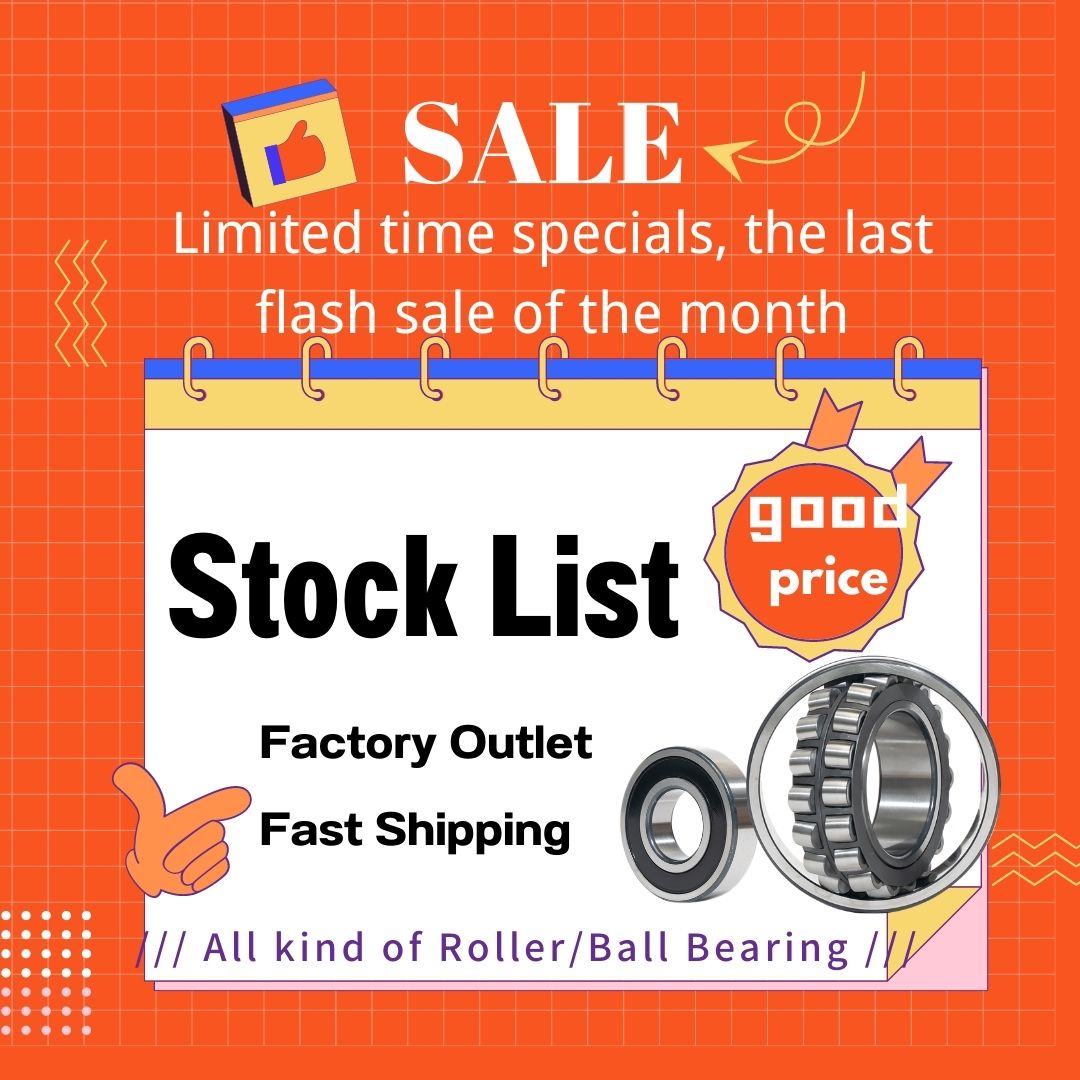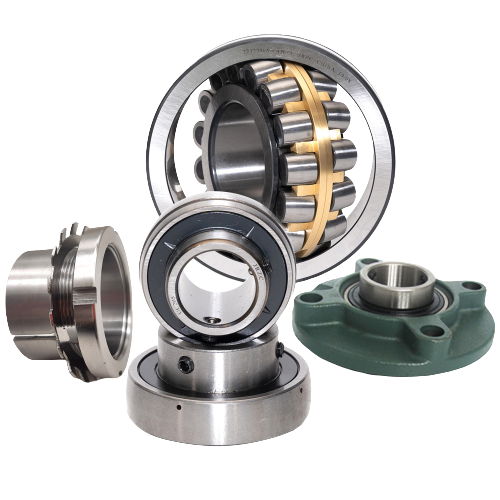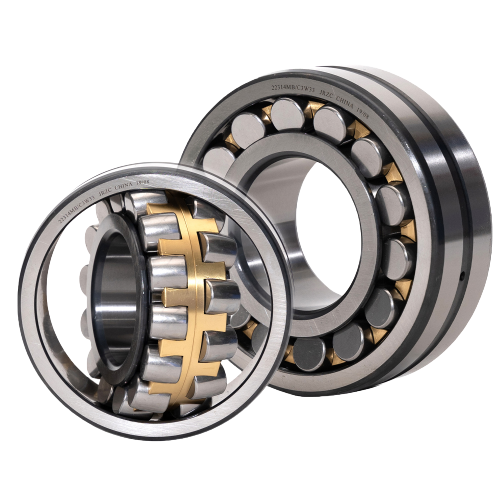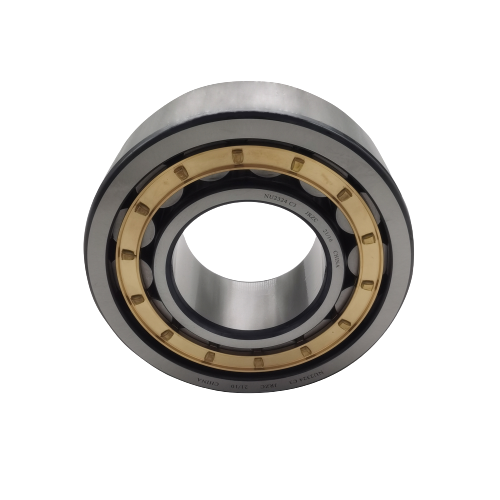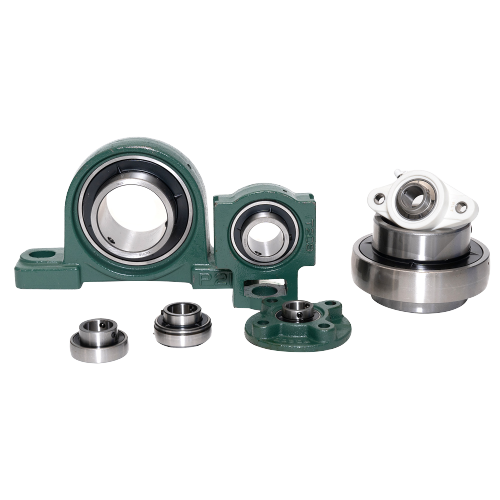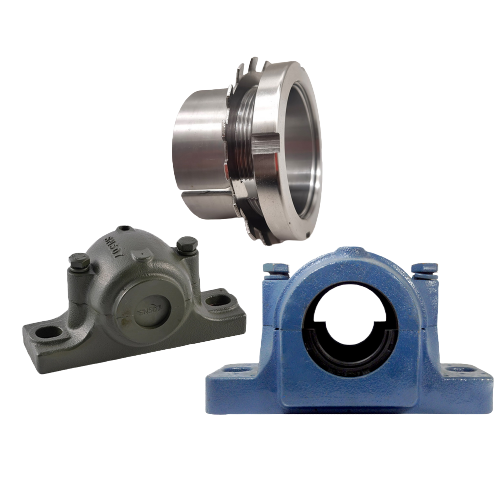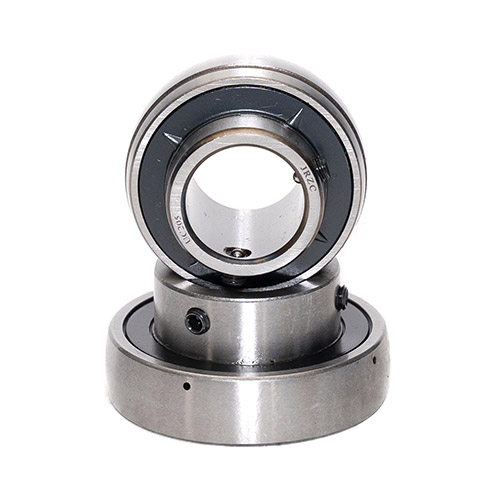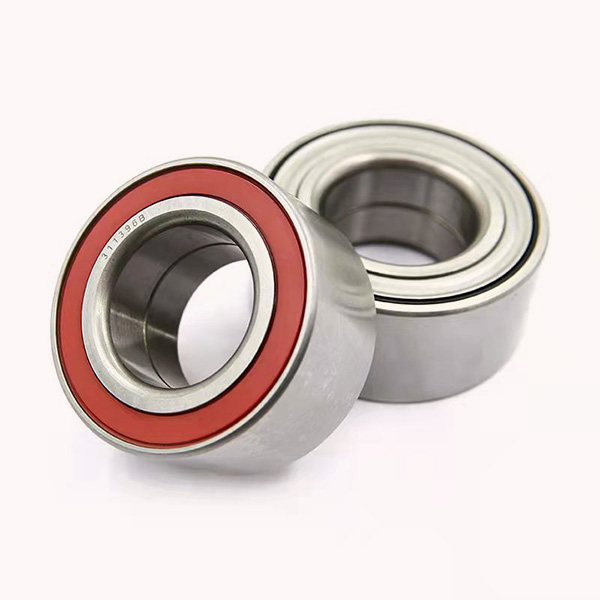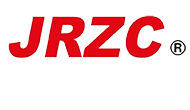Do you know how to test the finished bearing?
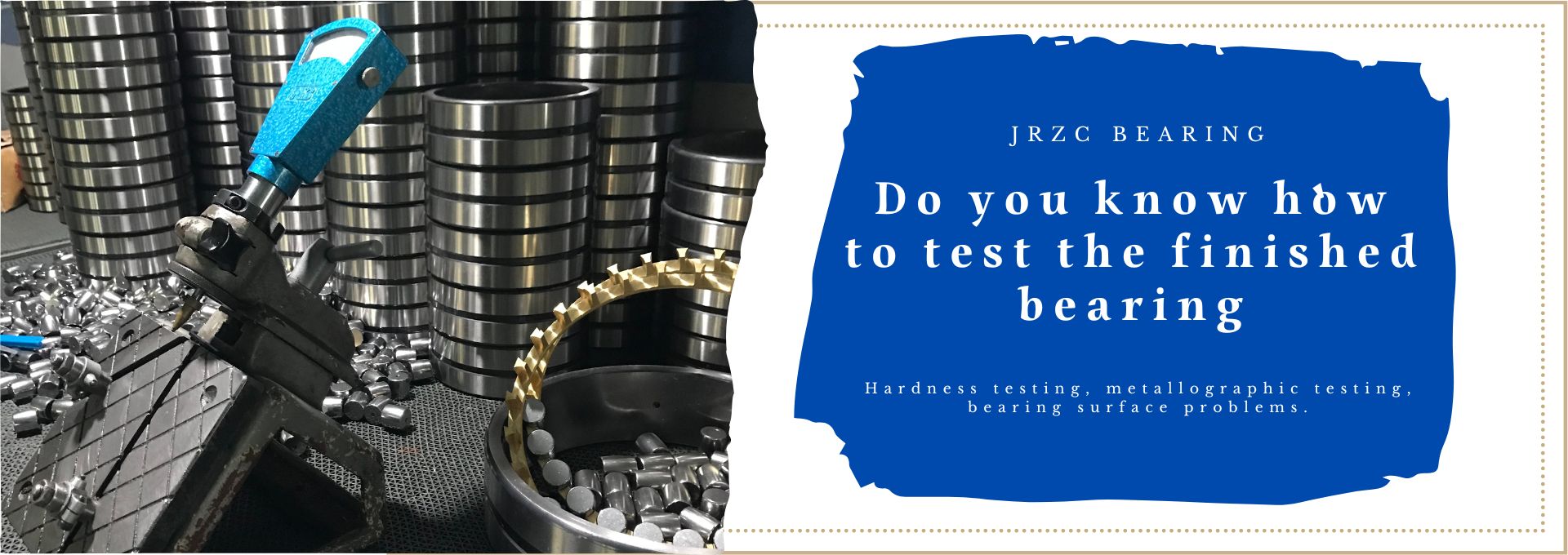
The finished product inspection of the bearing is a very important process, which is related to the service life of the bearing and quality of the bearing. The quality inspection carried out is also to improve the service life of the bearing, the effect of use, the speed, the quality, etc.
There are many items in the inspection and measurement of bearing finished products, which can be summarized into three parts: key items, main items, and minor items.
1. The key items
Hardness, metallographic structure, working surface roughness and burns, cracks, mixing, wrong parts, missing parts, and obvious defects.
(1) Hardness
The inner and outer rings and rolling elements of rolling bearings are made of high-chromium steel GCr15 or GCr15SiMn, and the hardness of the finished bearing ring is Rockwell HRC60-65; The hardness of the finished bearing rolling body is Rockwell HRC60-66. Among them, the hardness of steel balls made of GCr15 bearing steel is within the range of Rockwell HRC62-66.
(2)Metallographic structure
Various types of bearing steel have stricter metallurgical quality requirements than general industrial steel, and there are more quality inspection items. Among them, purity and uniformity are two basic characteristics of various types of bearing steels for metallurgical quality requirements.
(3)Bearing surface problems
Roughness and burns, cracks, mixed, wrong, missing parts, and obvious defects on the working surface. If the cage is not riveted tightly, the two halves of the cage can be displaced from each other. There is black skin or lack of flesh on the working surface: the working surface is rusted or convex Severe corrosion of non-working surfaces; cylindrical and tapered roller bearing raceways or ribs with material edges (raised edges of oil grooves); typographical marks are wrong.
2. Main items
(1)Deviations and variations of the inner and outer diameters of all types of bearings;
(2)The radial runout of the inner and outer rings of the radial bearing;
(3)Radial clearance of radial bearings (except angular contact ball bearings);
(4)Actual width deviation (assembly height) of tapered roller bearings, thrust bearings, variation of ring groove to bottom surface thickness;
(5)P5, P4, P2 level tolerance of deep grooves and angular contact ball bearing inner and outer ring end-to-inner groove runout;
(6)The beating of the inner hole reference surface of the inner ring of the radial bearing with P5, P4, and P2 tolerances;
(7)The amount of variation in the inclination of the generatrix on the outer diameter surface of radial bearings with P5, P4, and P2 tolerances to the reference end face.
3. The secondary items are:
(1)Width and variation of inner and outer rings;
(2)Width tolerance of radial needle roller and cage assembly;
(3)Assembly chamfer;
(4)Residual magnetic strength, the surface roughness of the mating surface and end surface, guaranteed clearance, rotation flexibility and noise between bearing parts, appearance quality, marking, and packaging.
We will test after each production process to ensure that the produced bearing components meet the requirements. At the same time, we will also carry out a manual inspection before leaving the factory to ensure the pass rate of the bearings. If you want to buy high-quality bearings, please contact us, and we will offer you the best price.



